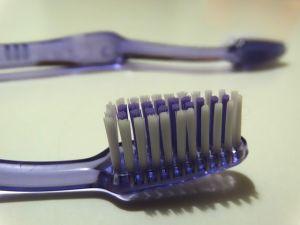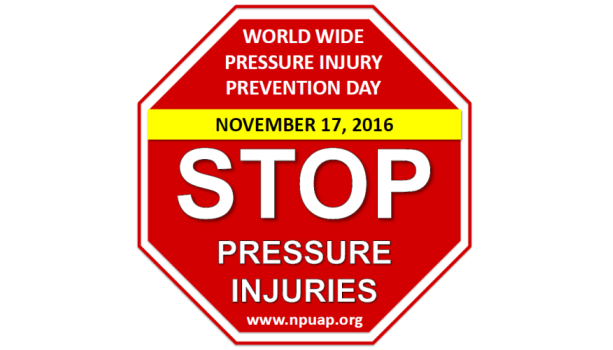Risk Factors: Poor Oral Hygiene and Aspiration Pneumonia
July 9, 2015
While the focus of nutrition interventions for wound healing involve the amount of protein, calories and beverages provided and consumed, we tend to forget the importance of good oral hygiene.
Individuals we should target as high risk for aspiration and infection are those with dysphagia, end-stage dementia, on palliative care or persons receiving enteral nutrition. Individuals with dysphagia who are assisted with meals may pocket food, which increases the risk of aspiration. Often if teeth are missing, food becomes lodged in the open spaces creating a reservoir for bacteria.
Tube Feeding and Aspiration Risk
We tend to believe that those at end of life who are eating very little may not need oral care. Clinicians and patients often believe that since feeding tubes are delivering nutrition directly into the stomach or intestines, aspiration is not a concern. However, tube feedings do not prevent aspiration of oropharyngeal secretions and in fact may be associated with an increased risk for oropharyngeal bacterial colonization and aspiration. Aspiration is the most common cause of death after tube placement.
There are high levels of oral bacteria in saliva and aggressive oral care is important to reduce the amount of gram-negative bacteria. The oral cavity is a reservoir for pathogens that can be directly aspirated into the lungs. Salivary enzymes associated with periodontal disease may modify mucosal surfaces and poor oral hygiene stimulates enzymatic activity that increases adhesion and colonization of pathogens. The hydrolytic enzymes from periodontal bacteria may destroy the salivary film that protects against pathogenic bacteria. This in turn reduces the ability of mucins to adhere to pathogens, freeing pathogens to adhere to mucosal receptors on the respiratory tract. The increase in cytokines (inflammatory molecules) released from periodontal tissues and peripheral mononuclear cells alters the respiratory epithelium and promotes adhesion and colonization by respiratory pathogens, with consequent aspiration into the lungs thereby causing infection.
Taking the Team Approach
A team approach, including a training component, is essential to combat the risk of aspiration pneumonia, which not only complicates your wound healing protocol but also affects the patient’s quality of life. Some simple strategies to improve oral care include:
- brushing teeth after each meal
- soaking dentures nightly
- checking after each meal for any debris left in the mouth
- misting the oral cavity with a water atomizer
Some studies have shown that having a clean, moist mouth and oral cavity stimulates the appetite and results in improved intake.
Aspiration pneumonia is a major concern for wound care practitioners as many individuals—particularly the elderly residing in health care communities—may be at risk and the condition is associated with a high risk of morbidity and mortality.
About The Author
Mary Ellen Posthauer RDN, CD, LD, FAND is an award winning dietitian, consultant for MEP Healthcare Dietary Services, published author, and member of the Purdue University Hall of Fame, Department of Foods and Nutrition, having held positions on numerous boards and panels including the National Pressure Ulcer Advisory Panel and the American Dietetic Association's Unintentional Weight Loss work group.
The views and opinions expressed in this blog are solely those of the author, and do not represent the views of WoundSource, HMP Global, its affiliates, or subsidiary companies.












Follow WoundSource
Tweets by WoundSource